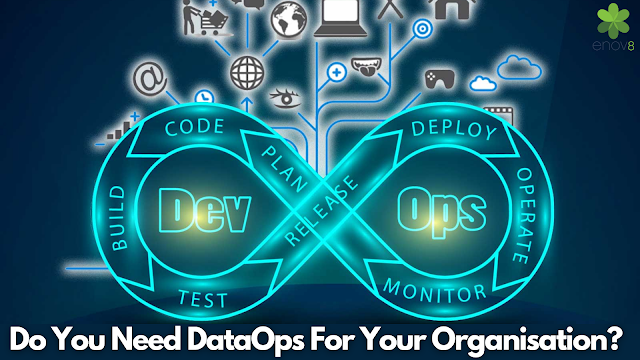How To Efficiently Integrate Release Management With Your IT Workflow?
Software development has undergone a revolutionary transformation. Then why should you stick to the conventional release practices? And that's where release management came into the picture.
With advancements in technology, release managers and application developers are facing a unique set of challenges. Release management offers a modern solution to such unique corners.
Due to almost consistent demands for feature updates, increasingly intricate platforms, and the evolving competitive pressures of rapid innovation, various enterprises embrace the evolved form of productivity.
In this article, we'll discuss everything you should know about the release management process and the benefits you can enjoy. Keep reading to discover various tools to help you implement this essential software development strategy.
What Is the Release Management Process?
Release management is an evolved approach in the application development realm used for engineering new software and updating existing ones. This IT project management technology encompasses everything from planning to deployment and release.
Workflows and processes such as developing project schedules, delegating teams and resources and scheduling different phases all come under this umbrella.
How is it helpful? To build a continuous system for application development oversight and monitoring that can handle all four fundamental cycles in the process (code development, quality testing, deployment, and updates).
Release management and IT management tool are rapidly becoming popular due to the multitude of benefits. Even if your teams are equipped with relevant infrastructure to carry out similar assignments, release management can address any concern more effectively and efficiently as it doesn't rely on the outdated conventional software update models.
And with now application releases becoming more widely distributed, consistent feedback has become necessary. New patches and upgrades need to be uploaded at an accelerated pace on a wider range of platforms. Therefore, even season IT professionals and industry leads are inclined toward integrating release management in SDLC.
What Are The Phases Involved In The Release Management Plan?
While every release management process differs based on a company's unique requirements and objectives, certain phases constitute the foundation of this evolved approach.
Mapping out a plan for IT release schedule
Plan and delegate infrastructure-related tasks
Perform rigorous testing for product quality and readiness
Prepare and support delivery teams
Manage, evaluate and learn from releases.
What Are Included In The Best Practices For Release Management?
Instill the culture of taking feedback and continuous improvement
Everyone member of your release management team should be open to hearing feedback from peers and other departments for truly embracing the philosophy of continuous improvement.
Remain flexible
Since you get an opportunity to learn and innovate processes with every release, following strict, uniform processes and enforcing them within your organisation might not be helpful. Instead, implement some standard governance and keep some room for innovations.
Focus on data-driven results
Your release management plan should rely more on strategy rather than oversight. Teams should actively engage with operations intelligence, historical data analysis, and release data to make better-informed decisions.




Comments
Post a Comment